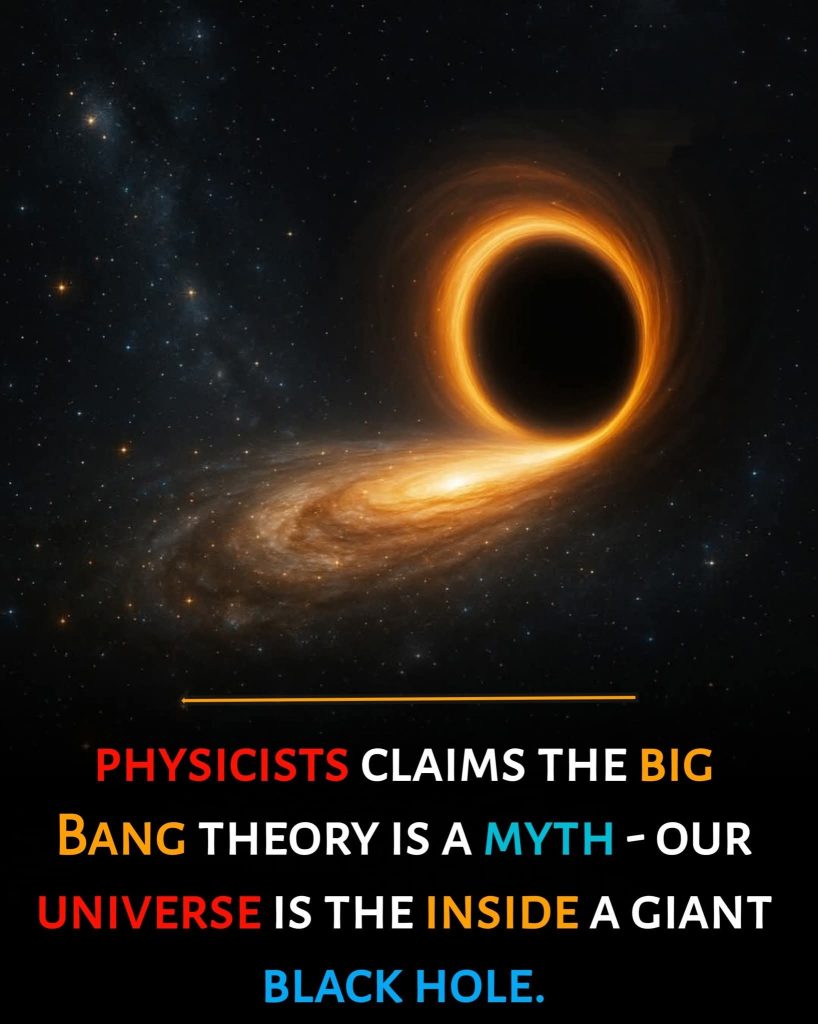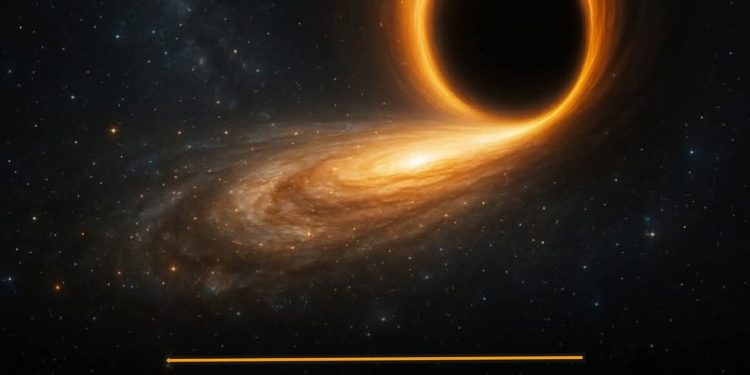A new theory challenges the traditional Big Bang idea by suggesting something very different: our universe may have been born inside a black hole that formed in another, older universe.
This idea was published in the journal Physical Review D. It’s based on a version of Einstein’s theory called Einstein–Cartan theory, which incorporates a concept known as quantum torsion. This helps avoid the idea of a “singularity”—a point where everything becomes infinitely small and dense. Instead, the theory says the universe didn’t start from nothing, but bounced back and began expanding from inside a black hole.
This “bounce” can naturally explain two major things:
- The very fast expansion of the universe just after it began (called inflation), and
- The fact that the universe is still expanding faster and faster today (linked to dark energy).
And it does this without needing unknown particles or strange forces.
The theory also suggests that our universe might be slightly curved and closed, much like a huge cosmic bubble. Upcoming space missions, such as ESA’s ARRAKIHS and NASA’s SPHEREx, might be able to test for this.
One of the most exciting parts of the theory is this: our universe might still carry the spin (rotation) of the black hole it came from. This could explain why about two-thirds of galaxies spin in the same direction—something that has puzzled scientists.
If future observations confirm this, the spin could be strong evidence for this theory.
In short, this bold idea suggests that our universe isn’t the first—and it may not be the last. Every black hole might be the beginning of a new universe, part of a grand cosmic cycle.



